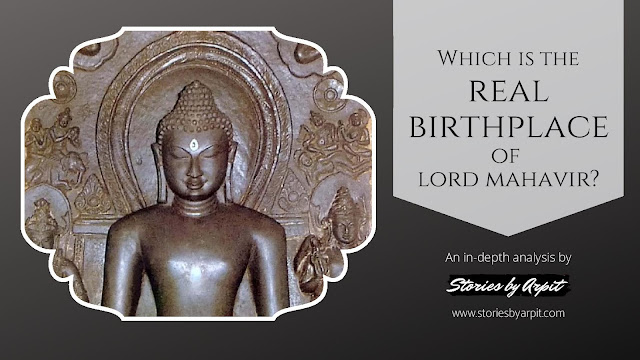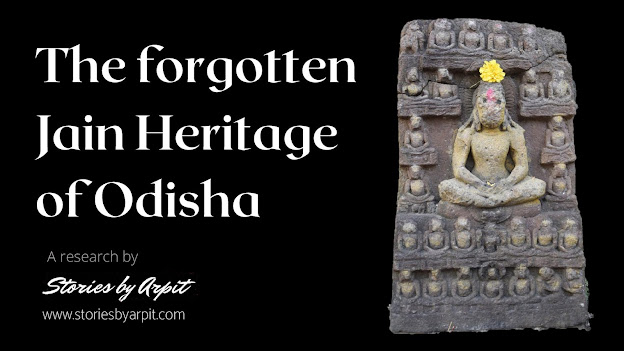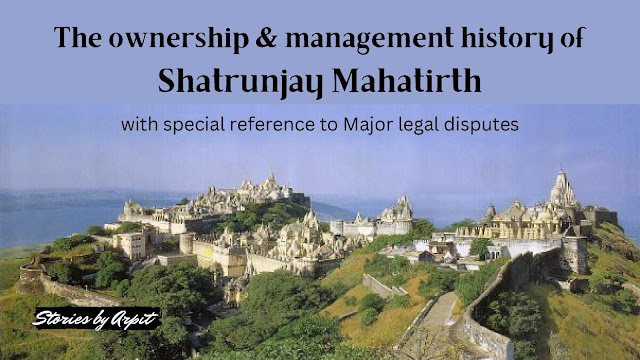“To give on paper any adequate
idea of the Boondi-ki-Mahal is impossible. Jeypore (Jaipur) Palace may be
called the Versailles of India; Udaipur’s House of State is dwarfed by the
hills round it and the spread of the Pichola Lake; Jodhpur’s House of Strife,
grey towers on red rock, is the work of giants, but the Palace of Boondi,
even in broad daylight, is such a palace as men build for themselves in uneasy
dreams – the work of goblins rather than of men”
-Rudyard Kipling
 |
| The Taragarh Fort and palace from Nawalsagar lake |
Situated 35km from Kota and 200
km from Jaipur lies the captivating town of Bundi surrounded on three sides by
the Nagpahari hills of the Aravalli Range. This magnificient town blends history with fables
offering solitude from maddening tourists. Few places in Rajasthan retain so
much of the magical atmosphere of its rich heritage. Perhaps for that reason the
town’s rough charm remains undiminished through the folds
of time.
 |
| The grand palace |
Bundi came into existence in the
12th century when a group of Chauhan nobles from Ajmer were pushed south by
Muhammad Ghori. They wrested the Bundi area from the Mina and Bhil tribes and
made Bundi the capital of their kingdom which previously called
"Bunda-Ka-Nal", Nal meaning "narrow ways".
 |
| The beautiful town of Bundi from Taragarh palace |
 |
| The beautiful town of Bundi from Taragarh palace |
The town’s unique identity can be
seen from the fact that each house is painted in blue distinctively like its other Rajasthani
counterparts Jaipur (pink), Jodhpur (white) and Jaisalmer (golden). Studded
with 50 Baolis (step-wells) the town boasts of the massive Taragarh
fort (fortress reaching upto the stars) and the incredibly
captivating ruins of Taragarh palace which can literally transport any tourist to the medieval ages !
 |
| The beautiful town of Bundi from Taragarh palace |
The ruined fort offering
panoramic views of the town was constructed in 1354, and can be entered through three gates- Lakshmi
Pol, Phuta Darwaza and Gagudi ki Phatak. As per legends the
fort boasts of numerous tunnels crisscrossing the entire hillside. However, some of these tunnels have now been filled in by the Government and the rest are now inaccessible for want of proper maps. The largest of the battlements within the fort is the 16th century bastion known as the Bhim Burj, on which a large cannon called Garbh Gunjam was mounted. It is said that whenever the canon was fired it caused miscarriages to pregnant women!
 |
| Panoramic views of the Bundi town |
The Taragarh Palace is situated
on the hillside adjacent to the Taragarh Fort and is noted for its lavish
traditional murals and frescoes. The steep, cobbled path leading up to the
complex has been trampled into a
resigned smoothness over the centuries by the feet of elephants and soldiers. The palace can be accessed through a tall, arched entrance named Hathi Pol, the gates through which the kings used to pass upon elephants.
 |
| The pathway leading upto the palace |
 |
| "Hathi-Pol" Gate |
 |
| The intricate carvings adorning the Hathi Pol Gate |
 |
| Beautiful mural dedicated to Surya Dev inside the Hathi Pol gate |
Stunning
silence greets the tourists inside the palace with voices and footsteps echoing through the empty
chambers. Through the broken stained-glass windows, sunlight filters into the
rooms, throwing out technicolor shadows on the dusty floor. Only a part of the
palace is open to visitors, with the rest locked and largely ignored by the
royal family which still owns the palace grounds.
 |
| The view of the city from one of the "Jharokhas" inside the palace |
 |
| Diwan-i-Aam |
 |
| Beautiful window works |
There are several smaller palaces
built by various kings strewn across the grounds; Chhatra Mahal, Phool Mahal
and Badal Mahal, in particular are home to fine murals. The most captivating
of all is Chitrashala, the chamber of paintings. The walls and columns
are covered in scenes from Indian mythology. There are also a number of works
on the splendours of the Bundi kingdom, snippets of court life, animals and
birds of the region, hunting scenes, local festivals.
 |
| The beautiful Chitrashala |
 |
| Krishna Raas Leela depicted in the magnificient Chitrashala |
 |
| Krishna lifting the Govardhan hill depicted on a mural |
 |
| The beauty within the ruins on the ceiling |
 |
| The grand motif work on the ceiling |
 |
| Precious raw gemstones being sold at throwaway prices as souvenirs ! |
A tragic irony can be witnessed here, where the caress of time has been unforgiving; where the nature has used its strength to erase the legacy of kings and the designs of humans.
Withering murals, crumbling bastions, rusted cannons,
faded frescoes, unkempt gardens and broken colourful tiles in ragged palaces
with aching foundations and weeping walls pine for pomp and glory of bygone
days. Today, just the langurs, pigeons and bats inhabit dark rooms and ornate
halls where the music of opulence has been usurped by uneasy silence.
 |
| Beauty in shambles |
How to Reach:
By Air: The nearest
airports are in Jaipur and Udaipur.
By Road: Bundi is well
connected by road to cities such as Delhi (475km), Jaipur (215km), Udaipur
(270km), Chittorgarh (150km), Ajmer (175km), Kota (40km), and Sawai Madhopur/ Ranthambore
(120km).
By Bus: Buses operate
regularly between Bundi and Kota, which has more train connections than Bundi.
By Train: Direct trains
are available between Bundi and Delhi (8 hours overnight), Sawai Madhopur (2.5
hours), Udaipur (5.5 hours), Chittorgarh (2.5 hours), and Kota (1 hour).
 |
| Bundi - A beautiful painting ! |































Where to stay? In Kota OR Bundi?
ReplyDeleteYou can stay in either of the places, but it is advisable to stay in Bundi, just for better exploration of the town by foot. You can also try out homestays at Bundi for experiencing the rustic rajasthani way of life. There are also many havelis which have been converted into hotels.
Delete